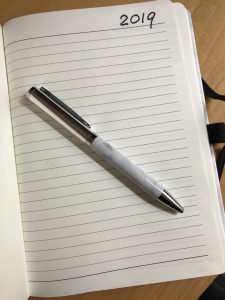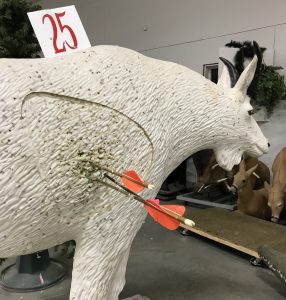
Disclaimer: I know nothing. These are just some thoughts that describe my struggle.
Warning: If you cannot possibly imagine what “The Mental Game” could mean in the context of shooting a longbow (or recurve, or anything else launching a projectile), you should probably not read this. Nothing good can come of it for you.
Hi, my name is Frans, and I have target panic. There, I said it. Target panic. It’s ugly. I first suffered through a terrible bout of it during my biathlon days, specifically during standing shooting. I could line up the circles of rear sight, front sight, and target perfectly, and hold still like a champ. I just could not pull the trigger. And if I did pull the trigger during this perfect alignment, I’d jerk it. And miss. At least I think I jerked. Not sure what happened. But I did miss. Often. I never really got over my problems with standing shooting.
Fast forward a decade or so. I’m out at a friend’s place north of town on a Sunday morning. After a coffee and a half hour of solving the world’s problems, we are outside, flinging some arrows. I haven’t shot at anything past 10 yards for a month or two. We just shoot, no expectations, no pressures. My first shot at 20 yards goes a bit low. The second is on the 10 (there is no actual target with a bull’s eye, just a back stop and a tiny piece of cloth stuck into an arrow hole; I’m just guessing score to give you an idea). We shoot a few more, and I am in the tens repeatedly. We step back to 30 and I shoot 9’s and 10’s. Back to 40 yards. I get lucky and judge the hold-over correctly, and place two arrows within inches of the X. All this time, my friend is not stingy with praise: “I don’t think I’ve ever seen anybody shoot this well with traditional bow”, and more of the same. At first I just smile and keep shooting, but it isn’t long before all these accolades break down my composure. Thoughts creep into my head about the result of the next arrow before I even shot it, and that I truly am a great shot, and if I hit another 10 my buddy will think even higher of me, and more unsavoury brain waves. And yes, it went downhill fast.
Here’s how target panic plays out for me. I’ll go through my shooting process, draw, anchor, aim… and then I can’t let go of the arrow. It’s the standing shooting at biathlon all over again. Everything looks and feels perfect, but I just can’t “pull the trigger”. Every so often I let down, and try again; most of the time I try to force a shot (because that is what I’m there for, shoot at something). Things that might happen include collapsing (resulting in a dud arrow that hits low), or a botched release (hanging on to the string too long), flinching (starting to let go of the string, but then holding on), or, miraculously, a recovery (usually involving straightening out the collapsed form) and a good shot. Every botched shot leads to uncertainty about my abilities and increases the anxiety for the next one.
I’m trying two things to get past all this, and it appears to have some results. The first component is to improve my shot mechanics. Better mechanics means better arrows, more “tens”, and with that comes confidence. Confidence is the enemy of target panic. I don’t have a coach, I don’t know a coach, and even if I knew a coach, I’d be too cheap to hire him or her. Enter social media, where everything is “free”. The guys from The Push Archery (https://www.thepusharchery.com) have run a series of podcasts with an archery coach (Tom Clum Sr. of Rocky Mountain Specialty Gear www.rmsgear.com), breaking down the shot sequence into its components: the correct stance, how to hold you bow, how to place your fingers on the string, the bow arm, draw, release, etc.). Very valuable information, though without visuals you may need to listen to certain segments a time or two. They also produced a training/coaching video, which I haven’t seen (because it costs money – see statement above about my spending habits). I worked through all the information and built it into my shot sequence. I now have something to fall back on, when for some reason the shooting isn’t going well.
The second component is mental. All the mechanics in the world will not help, if you forget to execute when the pressure is high. At the 3D range with people watching, with a deer in front of you, or even just self-imposed pressure, practicing in the back yard. I’ve listened and watched Joel Turner of www.shotIQ.com explain his approach, and though I am too pigheaded to accept everything he teaches, a lot of his doctrine has merit. You’ll have to see and judge for yourself. The thing I applied to my shooting was the use of key words, to help my numb brain remember all the steps.
After estimating the distance to target, I start off each shot by adopting the proper foot placement, and tell myself “stance” (not sure how this is going to work in a hunting situation, but I guess it won’t hurt using a split second to check which way your body is turned before starting the shot, if circumstances allow). I then make sure I have my fingers on the string properly (the hook), and the bow hand grips the bow loosely with just the thumb and index finger; all other fingers curled in. “hook and hands”. I raise the bow, and deliberately turn my face towards the target as far as it will go, to minimize the risk of turning my head into the string, and ripping skin off my nose: “raise and face”. Now the bow is up and slightly above target, string hand wrist out, arrow pointing left of target (I shoot right-handed). I’ve adopted the rotational draw, which helps me get my back engaged and have a stable anchor. Having your wrist pointed outwards enables that. Look it up, it works. Because now we’re getting close to the point where I tend to fall apart, I have started to remind myself to not be a jelly-brained loser: “be strong”.
I draw and anchor, and if I have done things right, it feels good and solid, and the arrow is pointing where I want it. This is where I (stubbornly) depart from Joel’s teachings. Joel preaches the use of a so-called psycho trigger. The idea is that the release is initiated by something that is not a conscious effort. You concentrate on maintaining form and aim, expand the draw, and either a feather touching the nose or a clicker or something peculiar like a grip sear going off should have you magically release the string. Well, my brain is not wired that way. I am a control freak (probably one of the reasons behind the target panic) and my system just does not allow trusting something as unpredictable like that. Many people get good results with it though, it might be worth trying. It’s just not for me. In addition to that, I am staunchly refusing to add complication to what is supposed to be the simplest of tools, so no clicker or other gadgets.
My release “trigger” is a solid bow arm. If I’ve done everything right, I’m at full draw, locked on target, and all I am waiting for is that bow arm to be steady. No wobble, no shaking. Release.
Unless I waffle. And I do waffle sometimes. It’s a work in progress, but every good arrow builds confidence. Every poor arrow whittles it down. Joel says “shoot this arrow perfectly, or don’t shoot it at all”. Only perfect practice makes perfect. Don’t fling arrows mindlessly, and wonder why you don’t get consistent results. Consistently good arrows build confidence. Confidence is the enemy of target panic.
Simple, right?
Please read the first line of this post again before trying any of this out. Let me know how you fought target panic in the comments below. I’m always looking to put more tools in the quiver.
FD

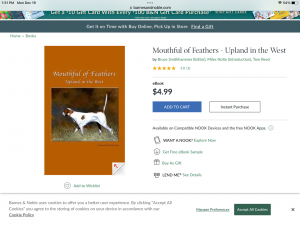

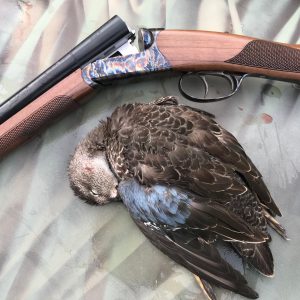

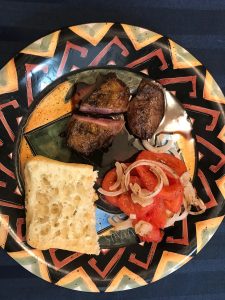
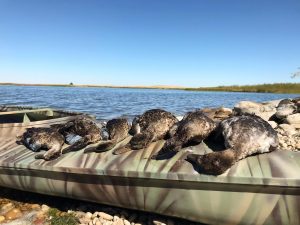
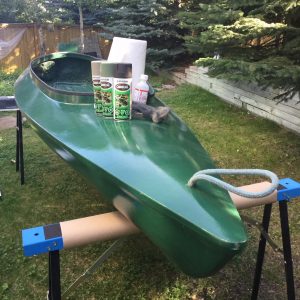
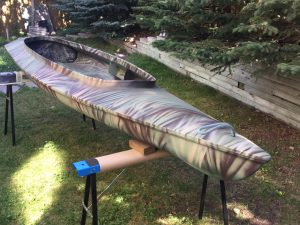
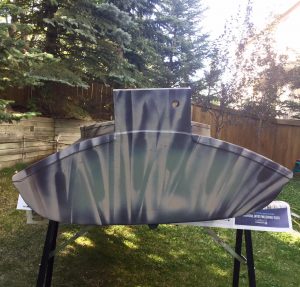
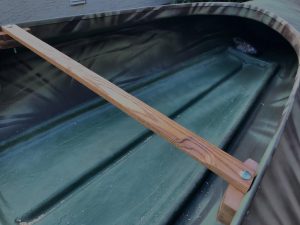
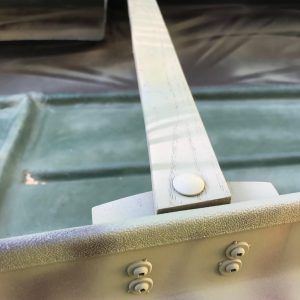
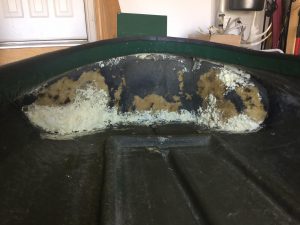
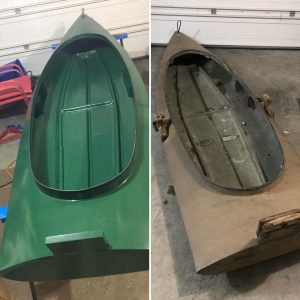
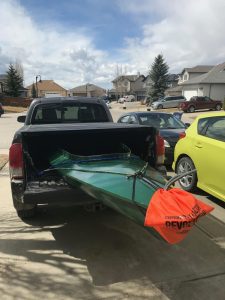
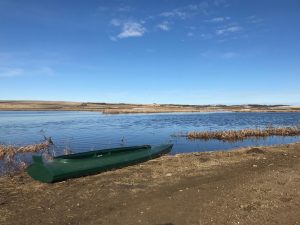
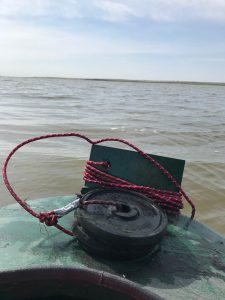
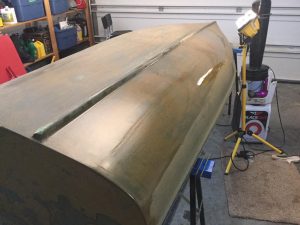
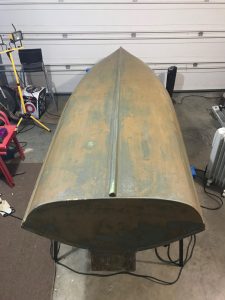
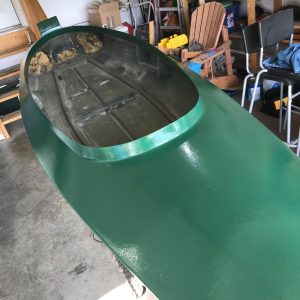
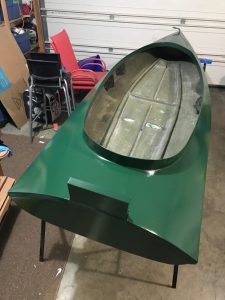
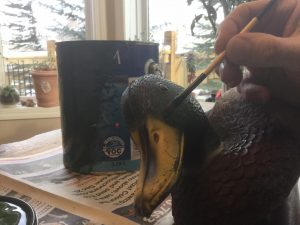
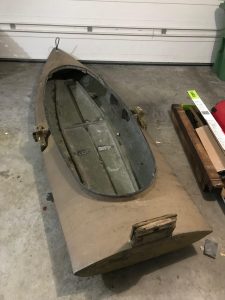
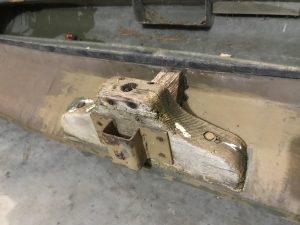
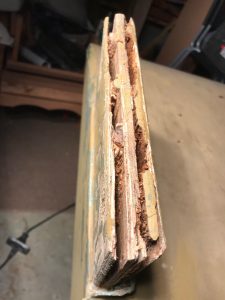
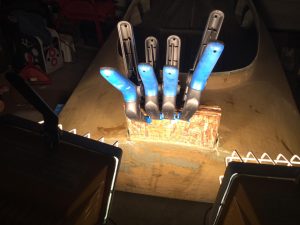
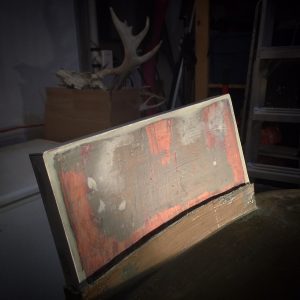
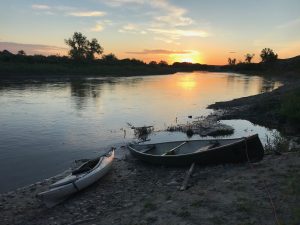
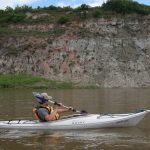
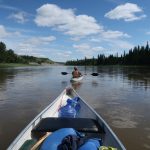
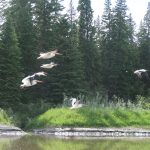
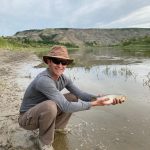
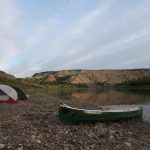
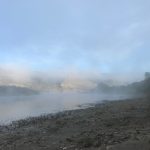
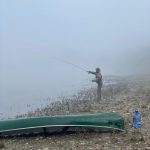
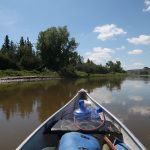
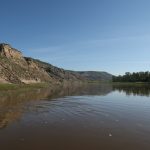

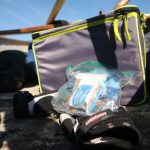

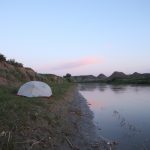
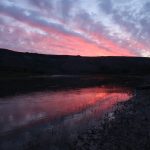
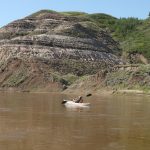
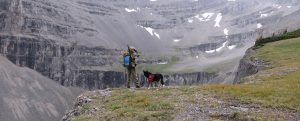 Somewhere along the GDT - 2013
Somewhere along the GDT - 2013 Flowers along the GDT - 2013
Flowers along the GDT - 2013
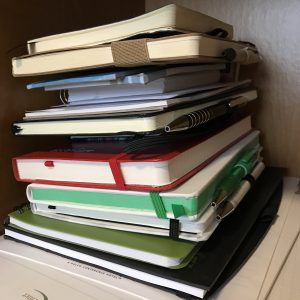 Conferences, meeting with vendors, training sessions, these are all good occasions to score free note books. I get childishly excited when I receive a nice one. Reluctantly it opens as I pull on the front cover, as if it doesn’t quite want to reveal the virgin pages inside. Immediately I start dreaming about the stories and the notes that I will put in it. With apologies to conference organizers, trainers, and people that try to sell me something, very few of those fleeting dreams relate to work.
Conferences, meeting with vendors, training sessions, these are all good occasions to score free note books. I get childishly excited when I receive a nice one. Reluctantly it opens as I pull on the front cover, as if it doesn’t quite want to reveal the virgin pages inside. Immediately I start dreaming about the stories and the notes that I will put in it. With apologies to conference organizers, trainers, and people that try to sell me something, very few of those fleeting dreams relate to work.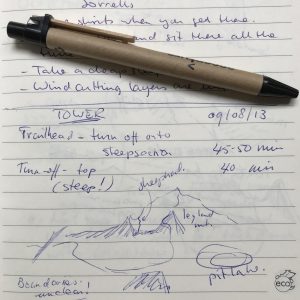
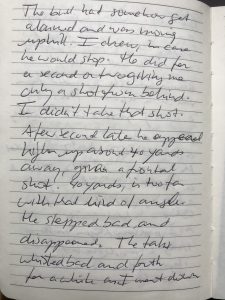 So, after these quick trips down memory lane, I have made my 2019 resolution: keep a journal, a record of training runs, hikes and scouting trips, planning and actual hunts, bow shooting practices, and whatever else seems relevant. To get over my fear of white paper I have made my first note in a brand new, clean, virgin notebook. There is no going back now. I suggest you do the same. One day you may achieve fame or notoriety and after you die your grandchildren will fight over who gets to auction them off to pay for their mortgage. In any case, years from now it will be fun to relive some of your adventures (provided you have better handwriting than I do – I find my notes very hard to read).
So, after these quick trips down memory lane, I have made my 2019 resolution: keep a journal, a record of training runs, hikes and scouting trips, planning and actual hunts, bow shooting practices, and whatever else seems relevant. To get over my fear of white paper I have made my first note in a brand new, clean, virgin notebook. There is no going back now. I suggest you do the same. One day you may achieve fame or notoriety and after you die your grandchildren will fight over who gets to auction them off to pay for their mortgage. In any case, years from now it will be fun to relive some of your adventures (provided you have better handwriting than I do – I find my notes very hard to read).